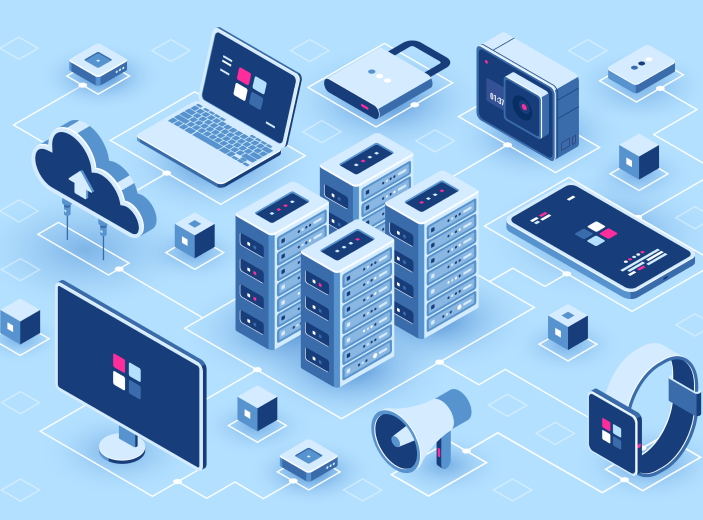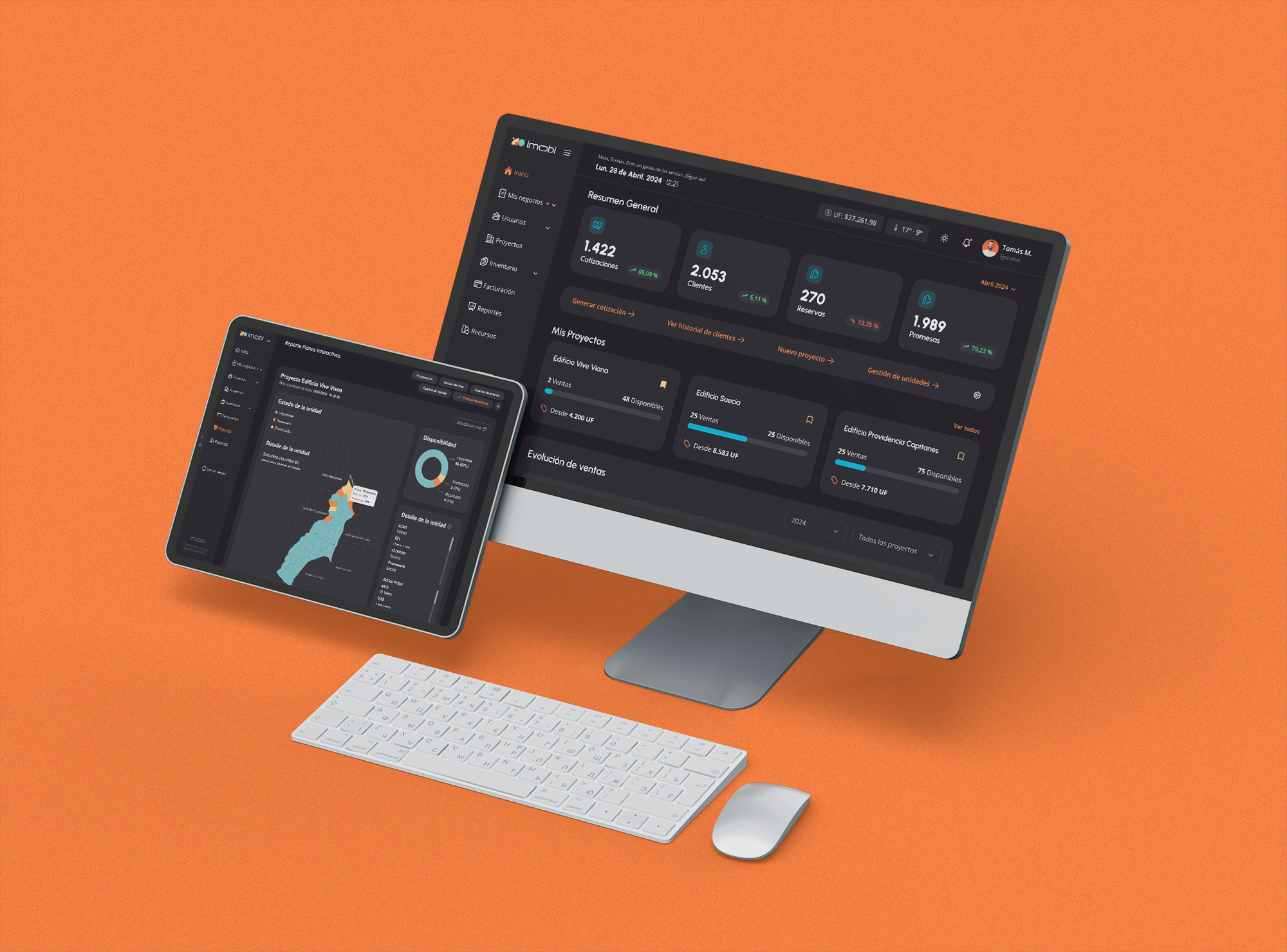Share this article
The growing adoption of digital tools is providing greater visibility into processes and technological infrastructure, helping to prevent operational failures that could translate into costs.
In an increasingly complex digital landscape, it has become essential for companies to have deep visibility into their technological infrastructure to identify and resolve issues more quickly. This is made possible through the application of observability.
“This approach not only covers application performance, allowing for the identification and resolution of bottlenecks, but also infrastructure monitoring, which can include hybrid and multicloud environments,” explains Danilo Naranjo, CEO of Wingsoft. He also highlights its role in user experience, enabling the detection of issues impacting the end customer “before they turn into major problems.”
In this context, observability has become a strategic priority because “it ensures application availability and performance, thereby improving customer satisfaction,” says Gonzalo Méndez, Technology Services Manager at Entel Digital. By identifying and resolving problems proactively, “it helps reduce operational costs and minimize downtime,” he adds.
This has a direct impact on experimentation and the implementation of new technologies, which “are key to driving competitiveness and sustainability in strategic sectors,” adds Pedro Vignola, Sales Director at Dynatrace.
AI Enhancing Observability and Automation in Tech Environments
Observability Market Projection with Nearly 10% Annual Growth Until 2030
According to New Relic’s 2024 Observability Forecast, 41% of global companies anticipate the consolidation of these tools in the coming year. “Observability is one of the areas where we are seeing the most investment,” says Ramón Viñals, Director of Solutions Engineers for Latin America at Cisco, regarding the outlook for 2025. He points out that investments are being directed primarily toward control—”knowing and understanding what is happening in IT operations”—and cybersecurity, particularly in monitoring and visibility, as “many systems remain isolated without correlation of occurring events.”
Trends for 2025
Next year is expected to be marked “by the integration of artificial intelligence and machine learning into observability platforms,” predicts Naranjo. Another key trend will be tool unification, giving companies a comprehensive view of their applications, infrastructures, and networks in a single centralized platform. “We will also see a shift toward early integration of observability within the development lifecycle,” he adds.
Additionally, “the observability market is expected to reach between $4 billion and $5 billion by 2025, with a compound annual growth rate of nearly 10% between 2025 and 2030,” says Vignola, linking this growth to the optimization of technological operations within companies.
Finally, Viñals forecasts increased investment in gaining insights into OT environments—technologies and systems for operating physical machines—a trend already evident in industries like mining and energy.














